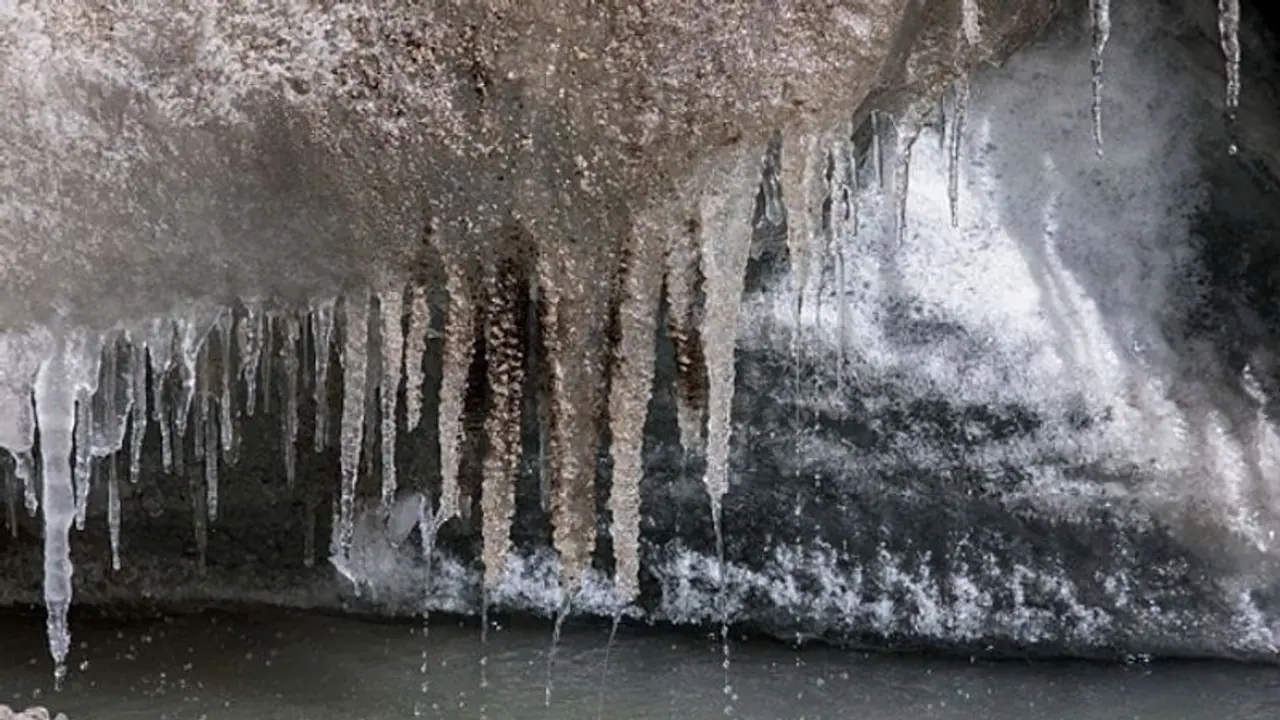Recent findings from ISRO indicate that glaciers throughout the Indian Himalayan region have been rapidly melting over the decades, resulting in a notable increase in the size of glacial lakes.
The Himalayan mountains, renowned as the "Third Pole" because of their extensive glaciers and snow, face significant vulnerability to the impacts of global climate change, both environmentally and socially. Recent findings from ISRO indicate that glaciers throughout the Indian Himalayan region have been rapidly melting over the decades, resulting in a notable increase in the size of glacial lakes.

Studies conducted internationally have consistently demonstrated that glaciers worldwide have been undergoing unprecedented retreat and thinning since the industrial revolution began in the 18th century.
“...This retreat leads to the formation of new lakes and the enlargement of existing ones in the Himalayan region. These bodies of water, created by the melting of glaciers, are known as glacial lakes and play a crucial role as freshwater sources for rivers in the Himalayan region. However, they also pose significant risks, such as Glacial Lake Outburst Floods (GLOFs), which can have devastating consequences for communities downstream,” ISRO said in a statement on Monday.
Using satellite data spanning from 1984 to 2023, ISRO conducted research revealing significant changes in glacial lakes across the Indian Himalayan region. Among the 2,431 glacial lakes larger than 10 hectares identified in 2016-17 across river basins, a remarkable 676 lakes have expanded notably since 1984. This includes 130 lakes within India, with 65 in the Indus basin, seven in the Ganga basin, and 58 in the Brahmaputra basin.
The transformations have been profound, with 601 of the expanding lakes more than doubling in size. Ten lakes grew 1.5 to 2 times larger, while 65 expanded 1.5 times their original size. Notably, many of the enlarging lakes are situated at higher elevations, with 314 between 4,000-5,000 meters and 296 above 5,000 meters.
These glacial lakes are classified into four main categories based on their formation process: Moraine-dammed (where water is dammed by moraine), Ice-dammed (where water is dammed by ice), Erosion (where water is dammed in depressions formed by erosion), and other glacial lakes.
“Among the 676 expanding lakes, the majority of them are Moraine-dammed (307) followed by Erosion (265), other (96), and Ice-dammed (8) glacial lakes, respectively,” ISRO said.
An illustrative case is Ghepang Ghat lake in Himachal Pradesh, which has expanded by 178%, increasing from 36.49 to 101.3 hectares between 1989 and 2022, at a rate of almost 2 hectares per year.
As glaciers continue to melt at an accelerated pace, the swelling of these lakes signifies not only profound environmental shifts but also amplifies the threat of glacial lake outburst floods. These floods can unleash catastrophic inundations downstream, posing significant risks to mountain communities.
